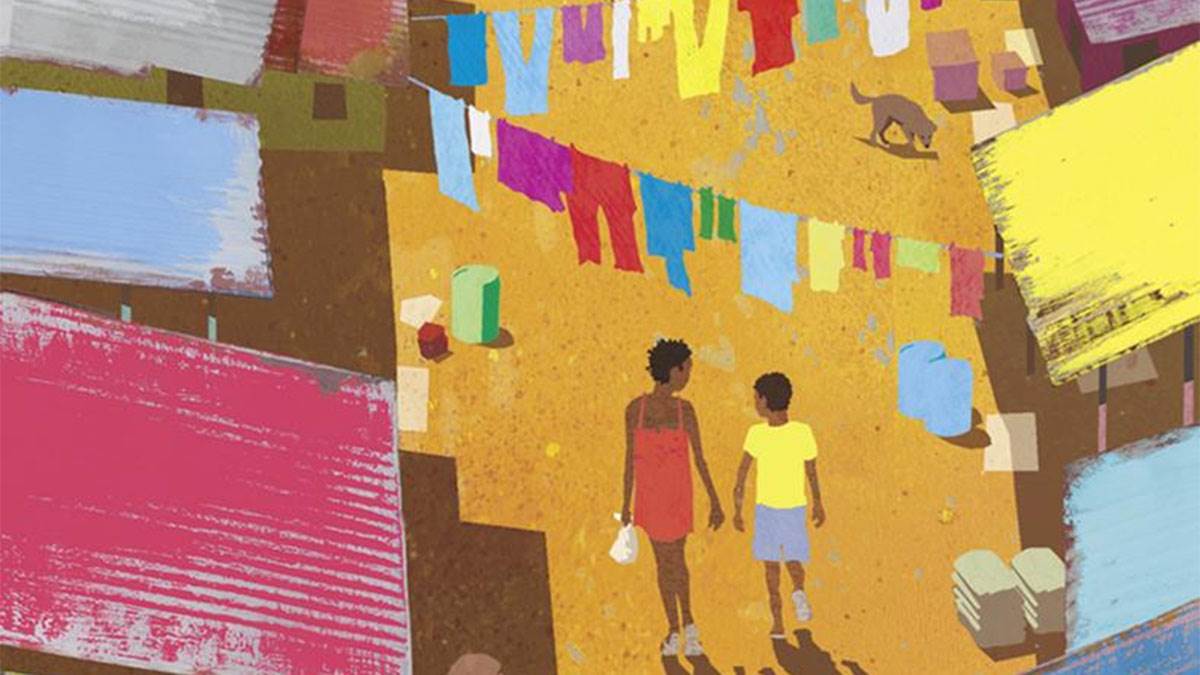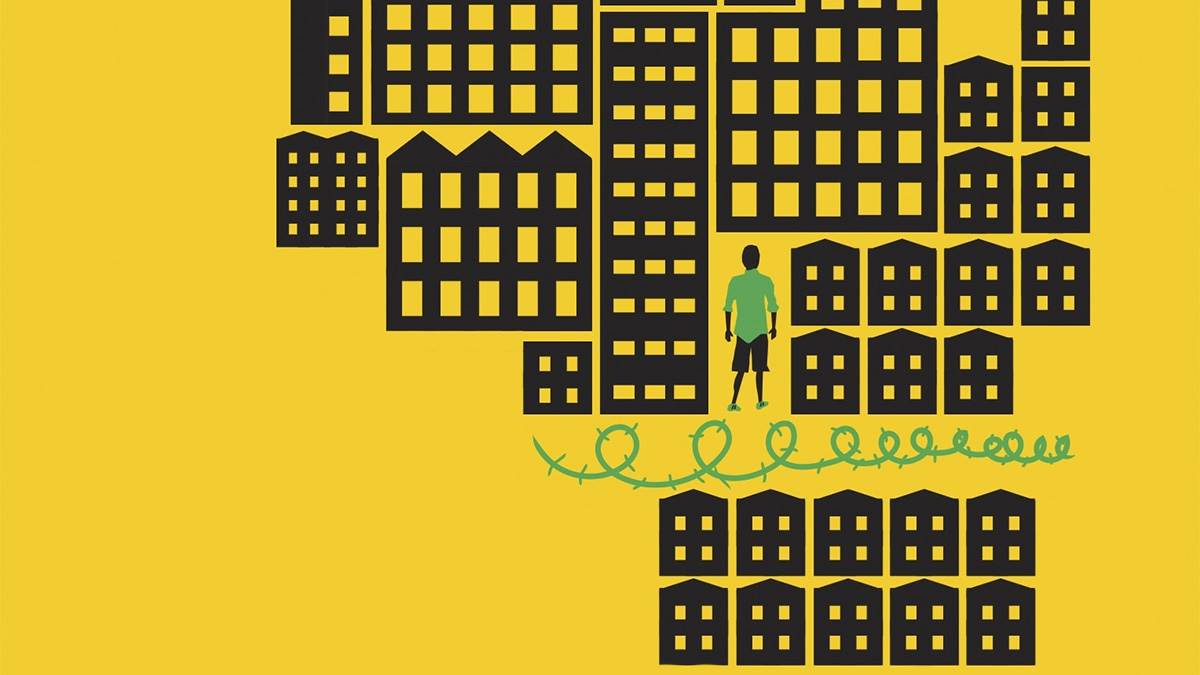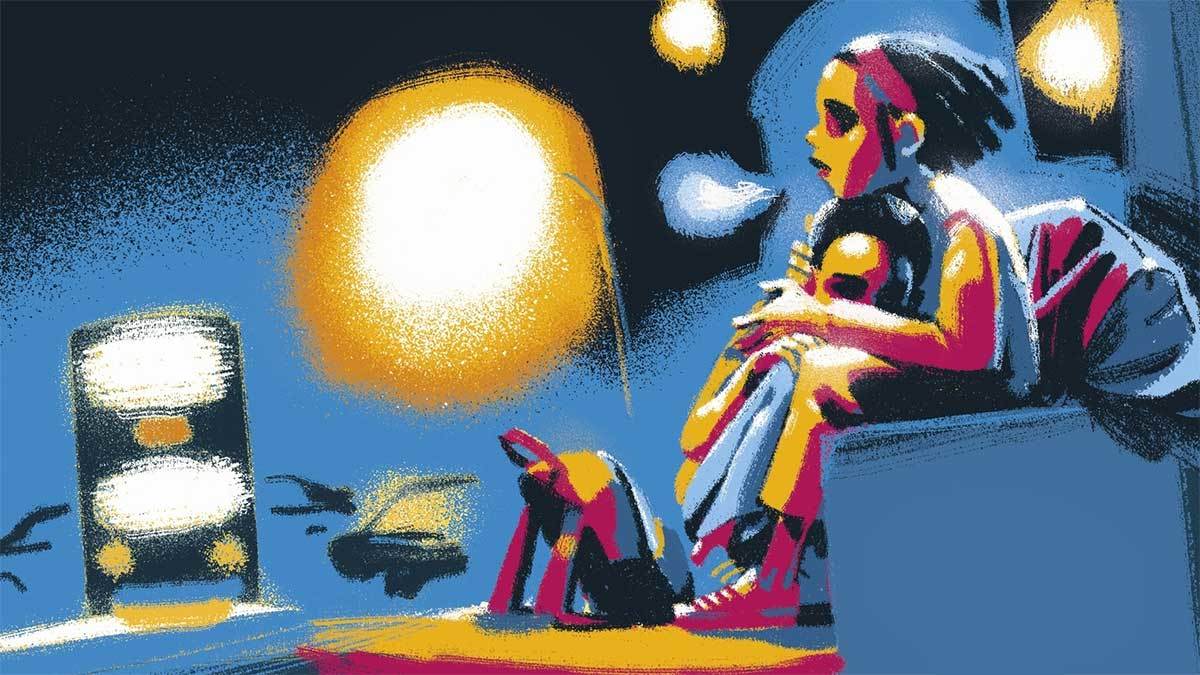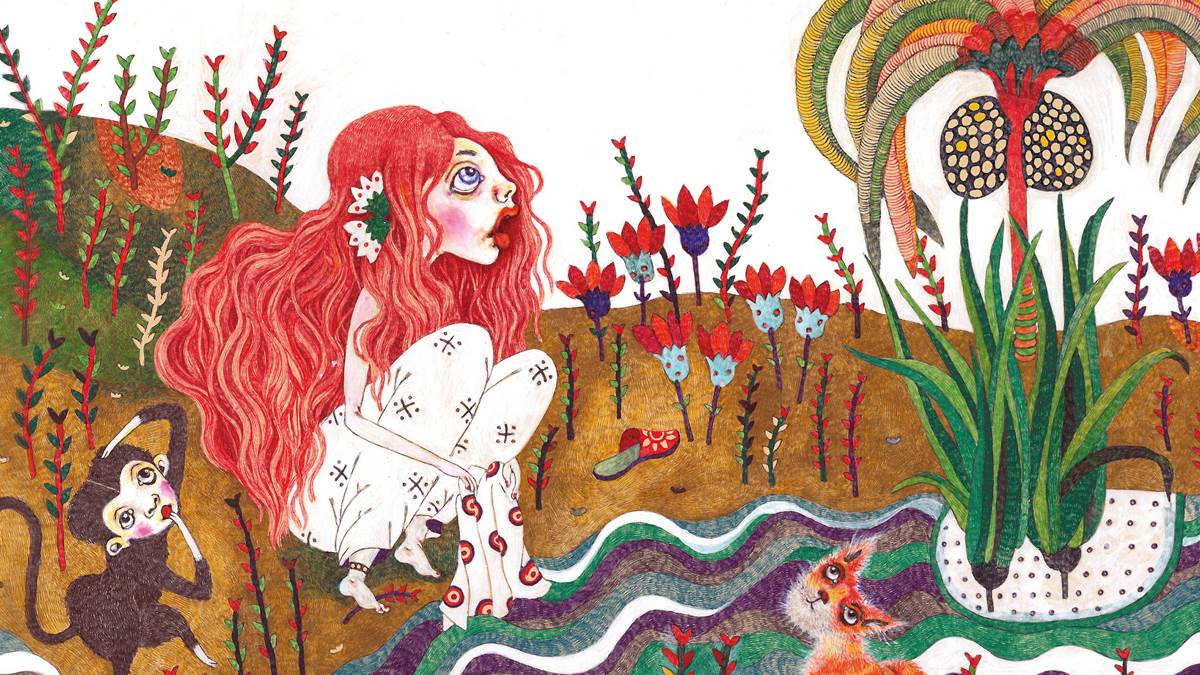Bursting the bubble: Beverley Naidoo on how books help children explore other worlds
Published on: 30 November 2018 Author: Beverly Naidoo
Beverley Naidoo grew up in a bubble - which is why she's so determined to open up the world to children through her books. Here, she tells us how she does it...

The cover of Journey to Jo'Burg
It's easy to grow up in a bubble. I know because I grew up in one. That was under Apartheid in South Africa, where I was born a child of the British Empire and where, 6,000 miles away from Europe, an official wrote 'European' on my birth certificate next to the word 'Race'. If I had the Doctor and her TARDIS on my side, could we go back and replace my classification with 'human'?
The 'big' books of my childhood were Andrew Lang's Blue Fairy Book and The Diary of Anne Frank... from fairy tales to serious reality. Yet despite crying many tears over Anne's terrible fate far away, I saw none of the horrible reality around me. When you live in a bubble, it's easy to 'look' but not 'see'.
However, there are still books that I wish I could have read as a child. Might they have at least created some fractures in my lenses to encourage new questions? For example, Mildred D Taylor's riveting Roll of Thunder, Hear My Cry, with the 1930s American South seen through the eyes of brave young Cassie Logan. Or Jamila Gavin's brilliant Coram Boy, taking me into England's 18th century with its brutal poverty, abandoned children, hypocrisy of 'well-to-do' wealth built on slavery... and the extraordinary survival of some goodness. Or Malorie Blackman's Noughts and Crosses, Elizabeth Laird's The Garbage King... and others too!
How books can open up a window to the world
My own writing has always been an act of opening a window or door to make a journey for myself, hoping readers will follow me. In my first novel, Journey to Jo'burg, I stepped into the shoes of two courageous black children whose lives had been so different from mine. While it was banned in South Africa, readers' letters from elsewhere overflowed with questions.
A decade later, with the country on the brink of its first democratic elections and many children living rough on the streets of Johannesburg, I felt compelled to follow runaway Sipho ('Gift') in No Turning Back. When a girl from a 'white suburb' wants to befriend him, how possible is that? As with Jo'burg, readers' questions often relate to the stark disparities within the world my characters inhabit, all too often regarded as 'normal'.

The cover of No Turning Back
Burn My Heart, with its colonial setting, invites readers to step into 1950s Kenya at the time of the Mau Mau Rebellion. I shift readers between Mathew Grayson, grandson of British settlers, and a Kikuyu teenager, Mugo, who works in the Graysons' kitchen.
When a reader wrote that it gave her 'an insight into a past I knew nothing about', I felt heartened. She was talking about 'seeing', not just 'looking'.
Of course, this juxtaposition of worlds exists in Britain, too. When I decided to set a novel here, The Other Side of Truth, I instinctively knew that my main characters would be young refugees carrying inside their heads the world from which they had fled. I also knew that Sade's and Femi's father had to be an outspoken journalist, a target for Nigeria's then-military regime because of what he dared to write. In the sequel Web of Lies, Sade and Femi are caught up in layers of buried truths on the streets of south London. Our identities are bound up in the stories we choose to tell.

This brings me back to my Blue Fairy Book and my love of retelling fables, old stories and fairy tales. I used to think of storytelling projects as a bit of light relief in between working on my novels. But I now think there are deeper roots.
Characters in my novels often face harsh challenges, yet must figure out how to hold on to hope. This summer, I had the pleasure of talking with Jack Zipes, the great scholar of fairy tales. Jack maintains they reflect our human struggles against barbaric forces that have always terrorised minds and communities. Fairytales sustain the hope that compassion and kindness can still survive.

One of Marjan Vafaeian's illustrations from Cinderella of the Nile
In my book Cinderella of the Nile, illustrated by Marjan Vafaeian, a girl is captured in ancient Greece and eventually sold into ancient Egypt. Faced with brutality, meanness and jealousy, she remains resilient and kind. Fellow slave Aesop helps her along the way.
There's a tone in Aesop's Fables that reminds me of the wit and 'use your wits or else' wisdom in many old African tales. I hope readers also hear that wit and wisdom in the tales from across Africa that I retell in Who is King?, illustrated by Piet Grobler.
I grew up in a land of huge inequalities, discrimination and oppression, onto which my stories in Out of Bounds offer windows, with acts of courage and kindness providing glimmers of hope.
We all now live in a globalised, scarily polarised world. How do we prepare our children as they grow to face challenges ahead? Can books at least help them begin to 'see' our world a little more clearly? Bubbles are not the answer.
Removing the blinkers: Beverly Naidoo on discovering Cinderella of the Nile





Add a comment